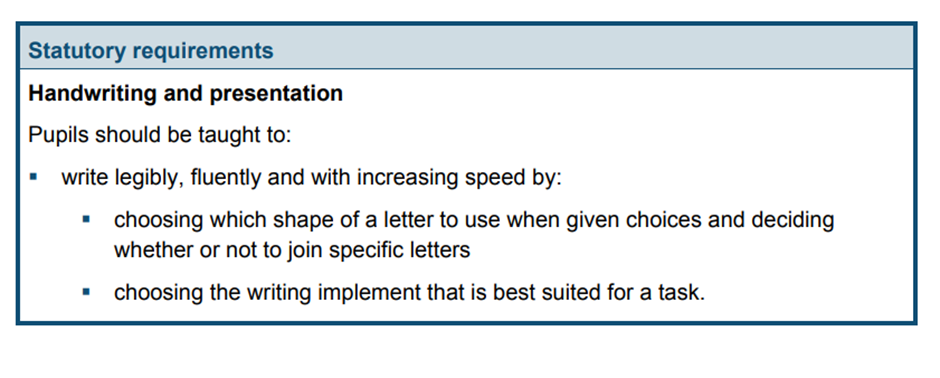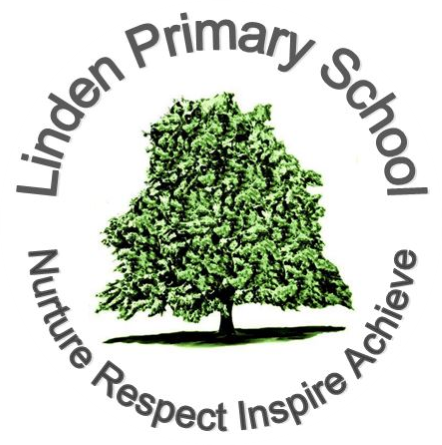Writing
Writing vision:
"To enable children to communicate, clearly, accurately and coherently and use high-quality texts to inspire children to write for a range of purposes and audiences. To enable children to acquire and use accurately, a wide vocabulary, understand and use grammar and linguistic functions within writing. To develop children’s skills in reflecting on, and editing, their work. To enable children to build on already acquired knowledge."
Curriculum:
At Linden Primary, we strive to create an environment that promotes both reading and writing whilst strengthening the link between them. In order to ensure that all learners become confident writers, we encourage children to be creative whilst embedding key writing skills within their writing. These skills are taught explicitly and follow a progressive approach, allowing pupils to revisit and build on prior learning.
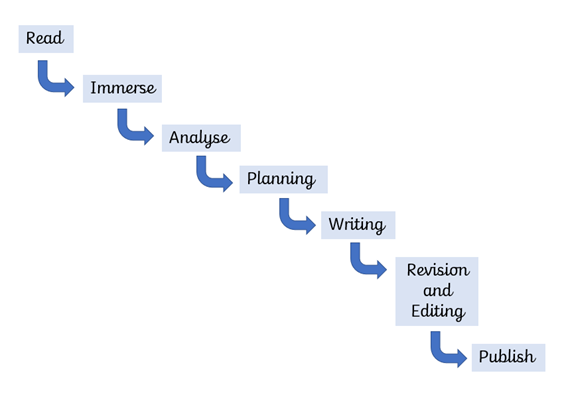
High quality literature drives the children’s writing, with outcomes being based around these books. At the start of each unit, the intended audience is shared ensuring pupils have a purpose for their writing. Drama activities support the children in becoming fully immersed within their writing. Examples include flashbacks, hot seating and conscience alley. Skills, specific to the genre in focus, are taught through explicit grammar and vocabulary lessons. These skills are then modelled by the teacher in a shared piece of writing. Pupils are then given the opportunity to apply learnt skills to an independent piece of writing.
Writing is held in high regard throughout all areas of the curriculum, with pupils applying learnt skills to other subjects.
Spelling

KS1
The Read, Write Inc. phonics scheme is used as our strategy for teaching phonics and spelling patterns in KS1. Sounds and spelling patterns then modelled to children through shared writing during English lessons.
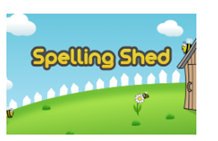
KS2
In order to continue supporting children in learning spellings and developing their writing, we have adopted the ‘Spelling Shed’ scheme. Spelling shed is a widely used programme which uses skills children have learnt during their phonics learning alongside exploring the morphology (meaning) and etymology (origin) of words.
Syllable counting, segmenting of words and sound buttons are used to support children in becoming familiar with spelling patterns which they can therefore aim to embed within their own writing.
Examples below illustrate some of the skills used:
Sound buttons:

Segmenting words:

Handwriting
Teaching of handwriting is taught discretely each week. Teachers teach appropriate letter formation and joins, linked closely to the introduction of phonemes and digraphs in EYFS and KS1. Teachers consistently model expected handwriting and support pupils when required. Throughout the school, Twinkl handwriting font is used in all year groups, to guarantee consistent modelling. It is the classroom teachers responsibility to ensure pupils handwriting and presentation of work is to a high standard.
End of KS1
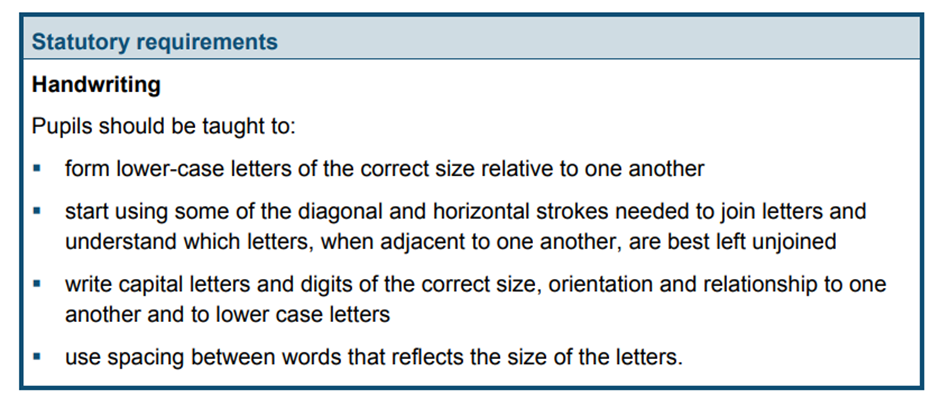
End of Year 4
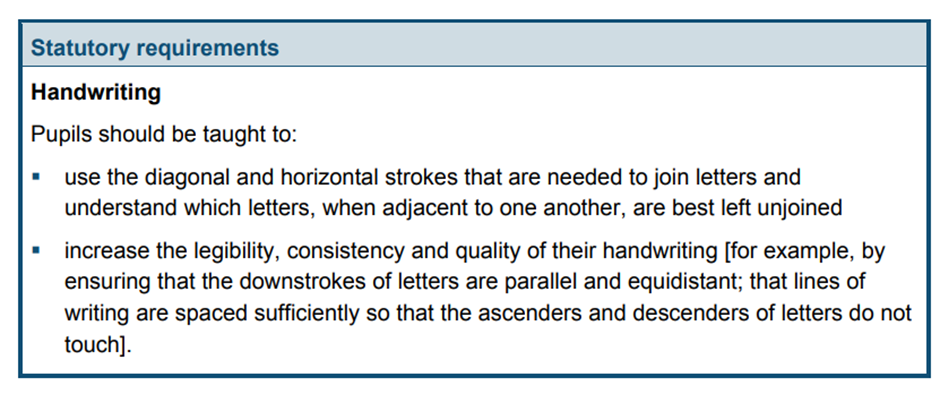
End of Year 6
